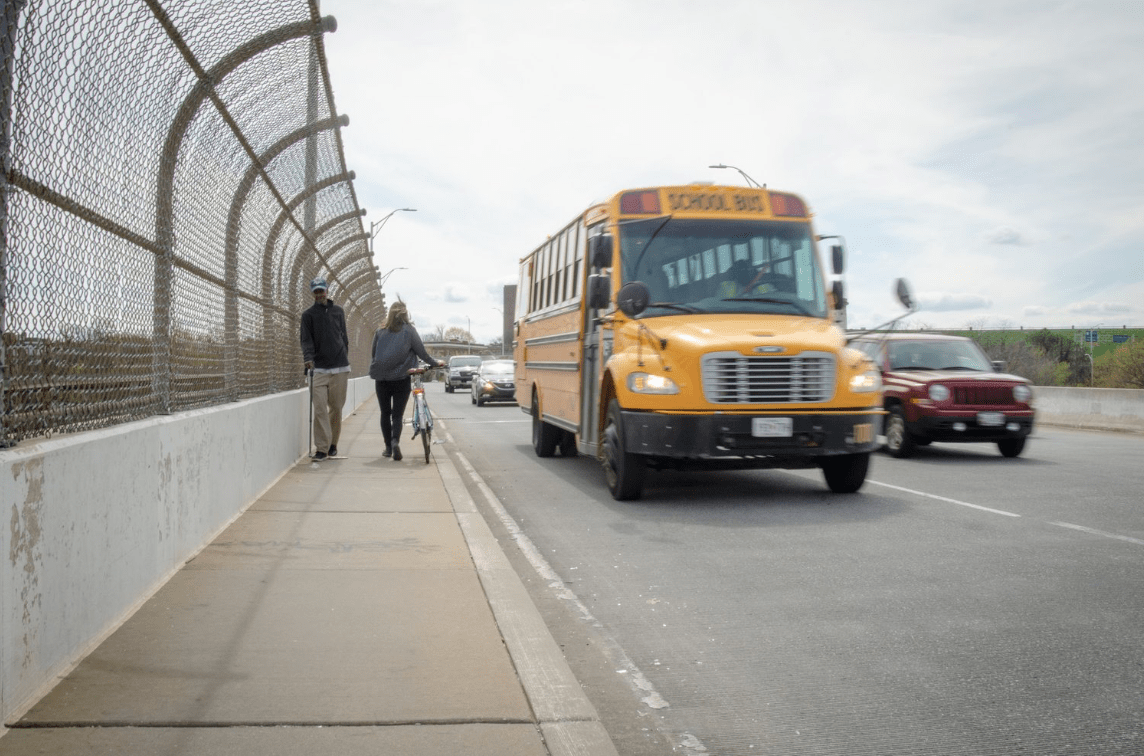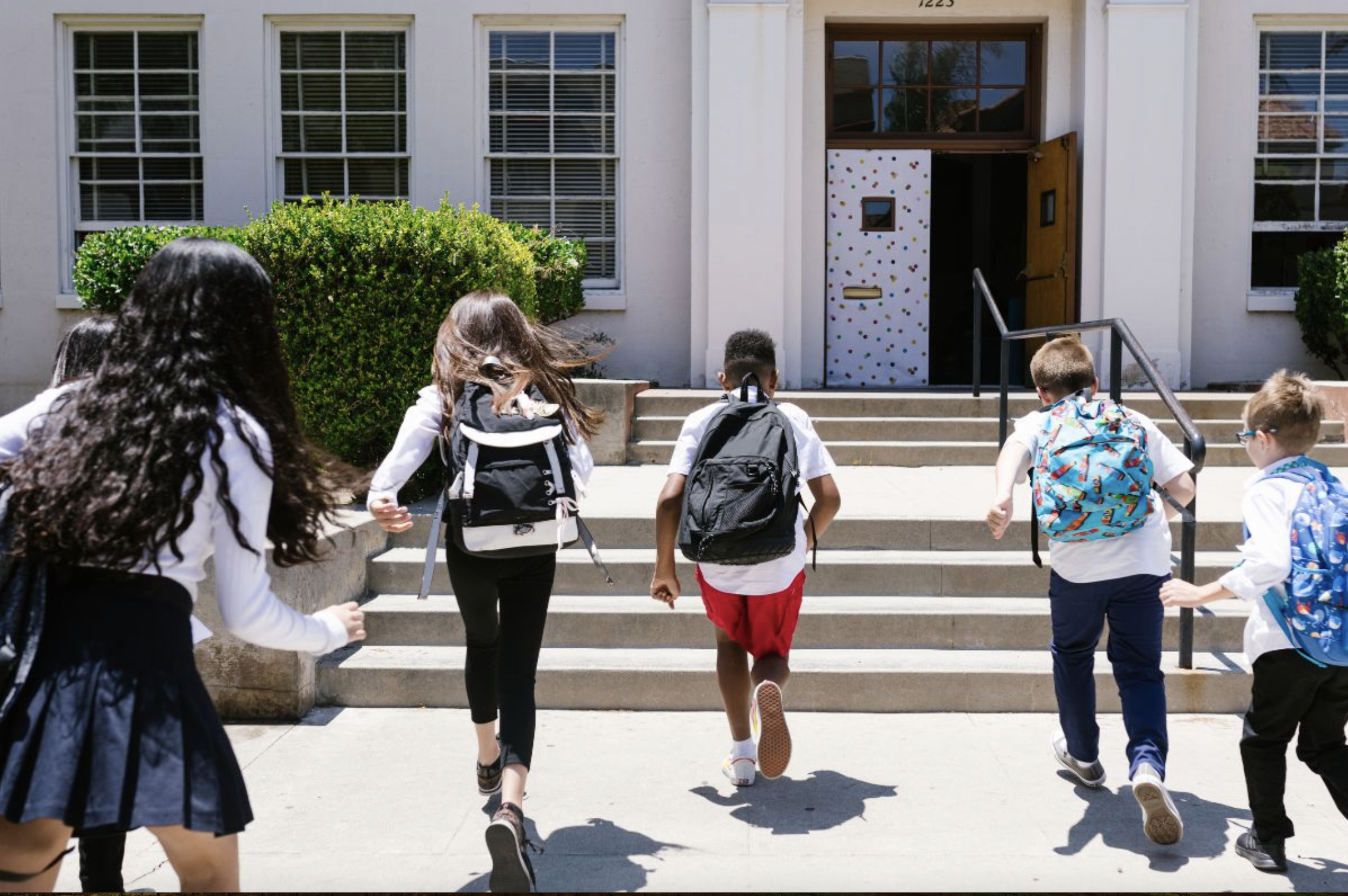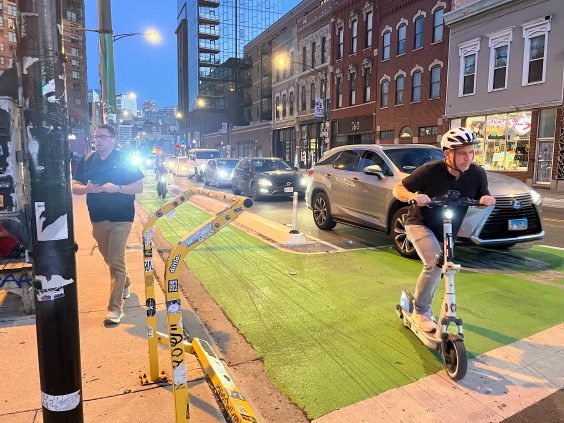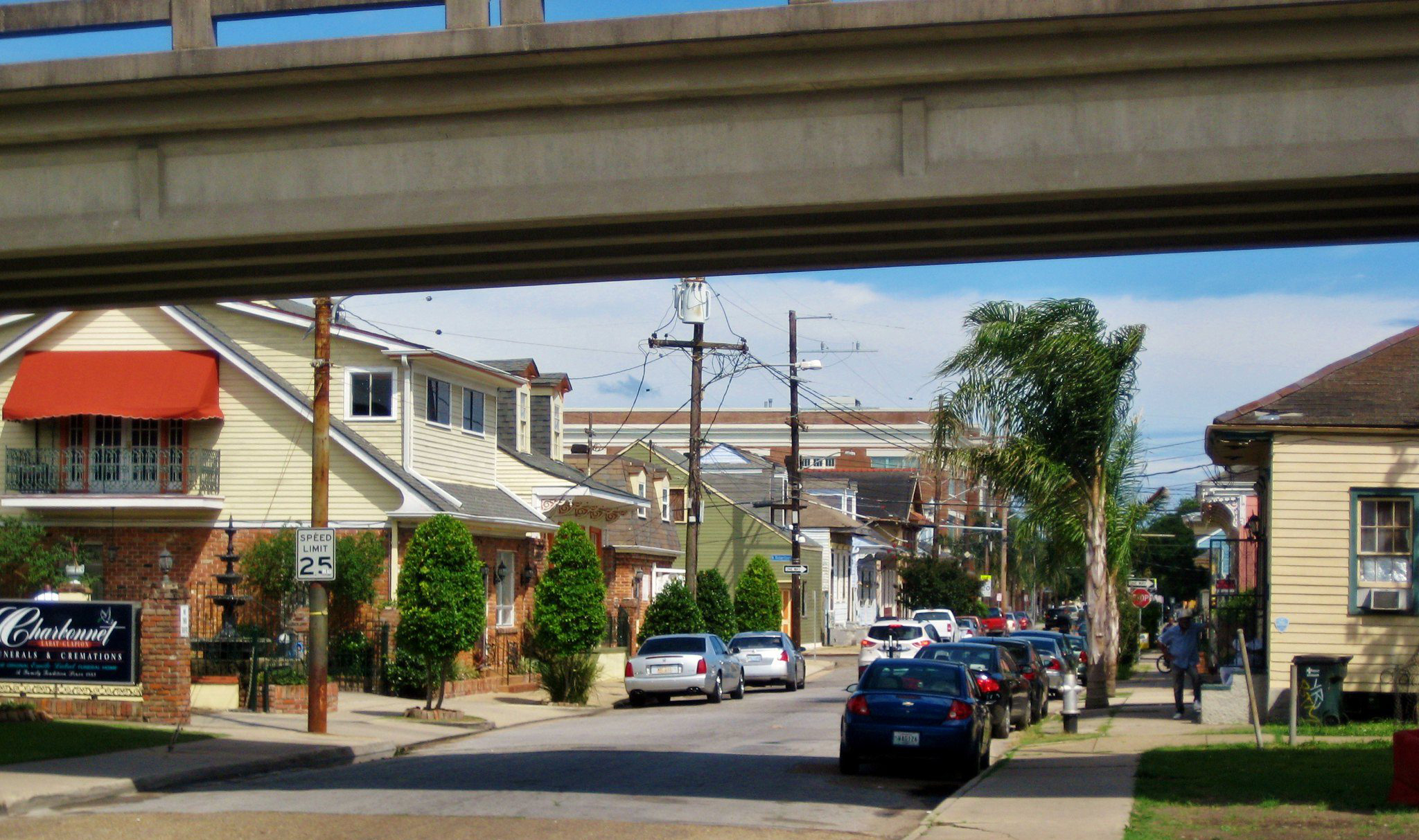States across the country are at risk of forfeiting up to $1 billion in funding for sidewalk construction, bike trails or other important safety projects — if they don't use all the federal cash by September, according to the League of American Bicyclists.
States face a looming deadline for “rescissions," a routine budgetary practice where unspent portions of transportation funding must be returned to the federal government. Right now states have about $1 billions in unobligated biking and walking funds.
The problem is one of political will, says Caron Whitaker, the Bike League's vice president for government relations. By comparison, very little money for highways is in danger of being lost to rescissions, she said.
"States in general are focused on building roads from one community to another and not the roads within a community," she said. "So they use the highway money really fast."
The federal government only hands down about $800 million a year for walking and biking through its Transportation Alternatives program. A $1-billion rescission from walking and biking programs would amount to about a quarter of all the available funding over the last five years.
To make matters worse, the threat of defunding is occurring during a period of skyrocketing pedestrian deaths.
Meanwhile, demand for biking and walking funds remains strong. In 2016 and 2017 alone, local governments submitted applications for funding that totaled $3 billion, according to Whitaker.
In addition to the $1 billion in biking and walking funds, states are also at risk of forfeiting a big portion of Congestion Mitigation and Air Quality project funding.
Tennessee May forfeit $43 million for example and Texas $87 million. Check out how much your state stands to lose here [Excel].






